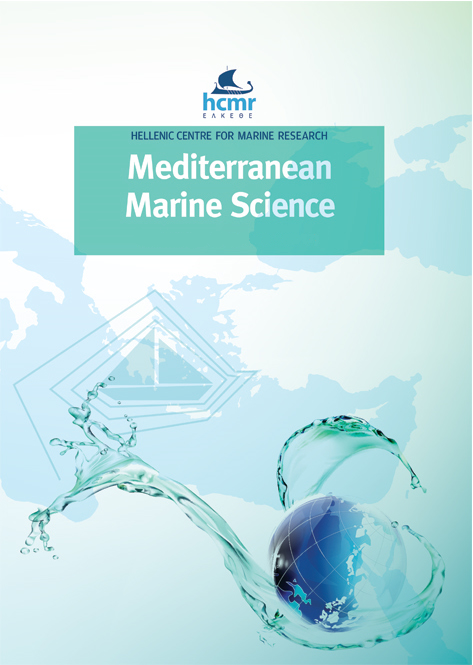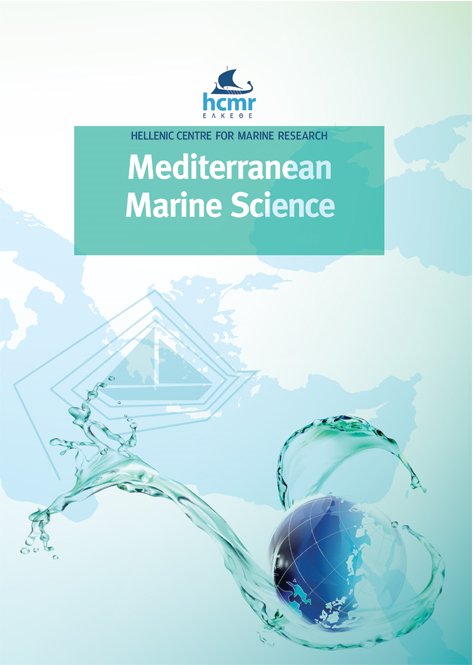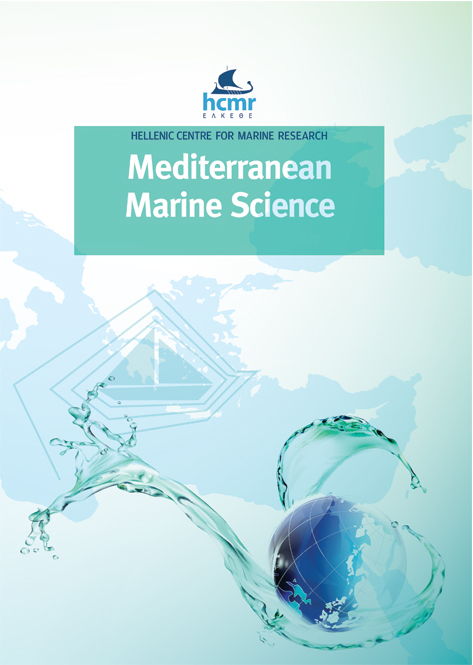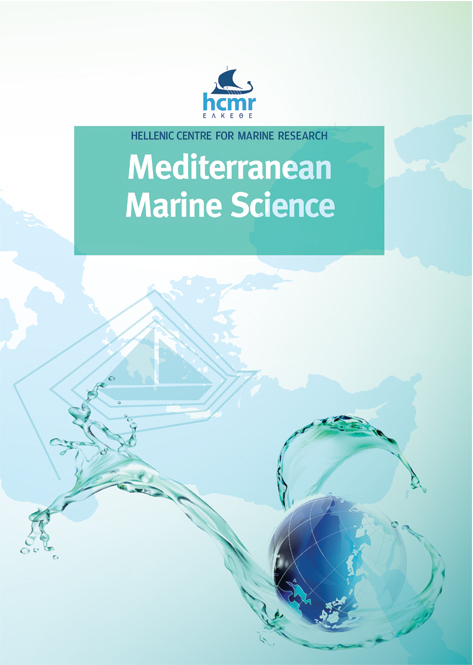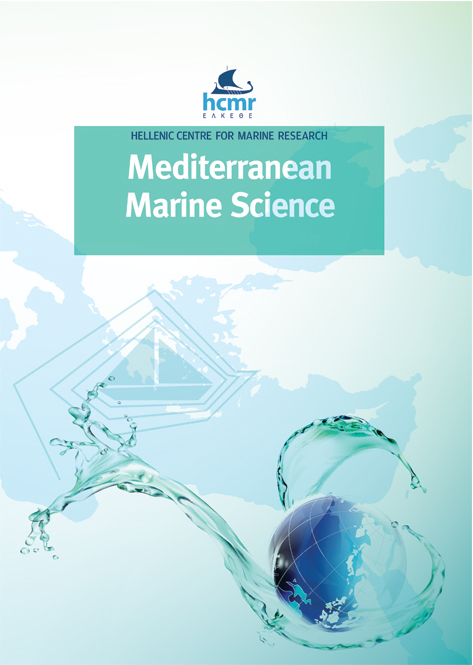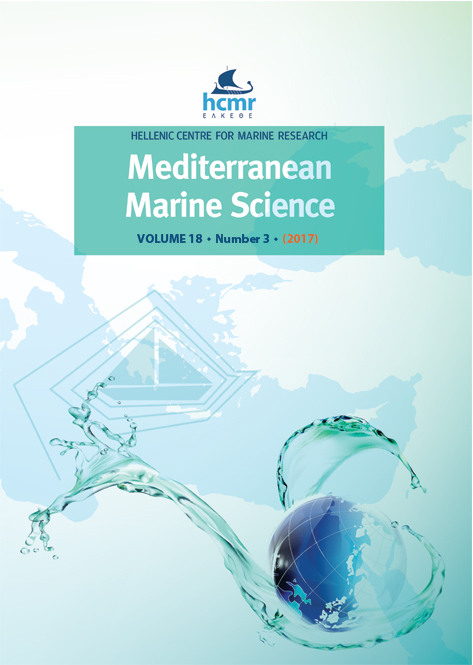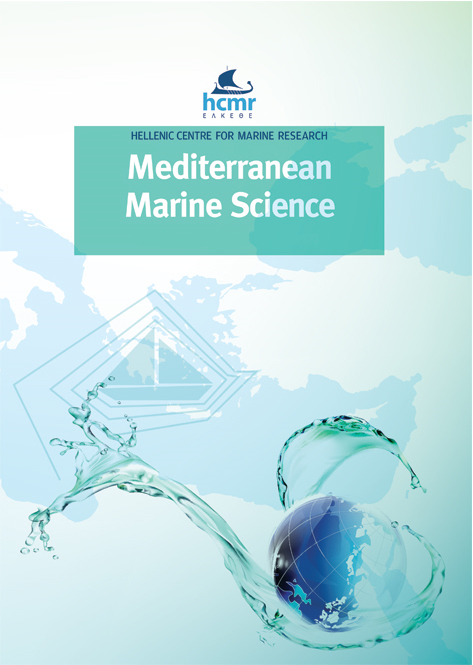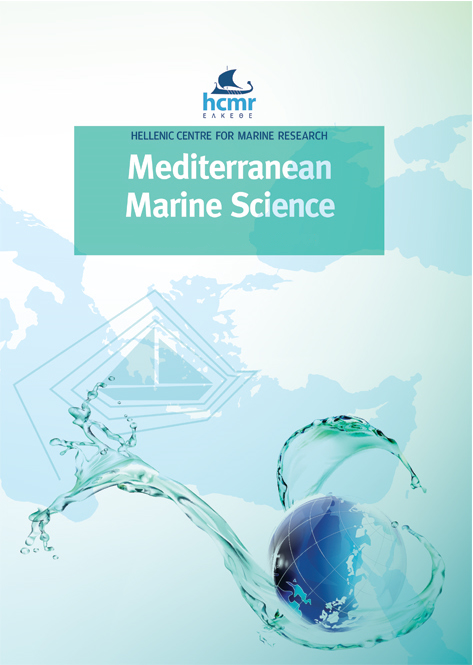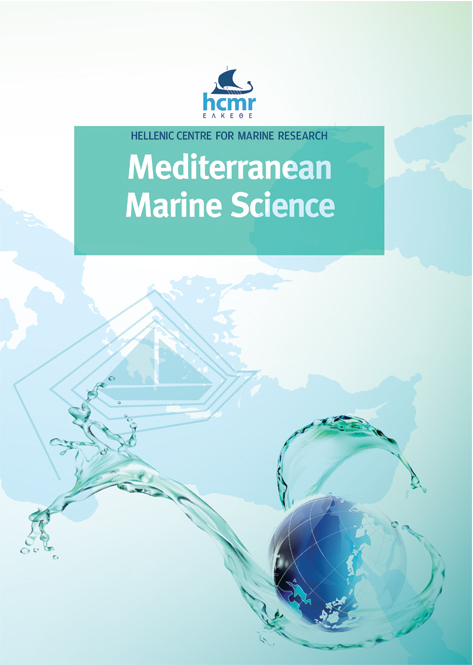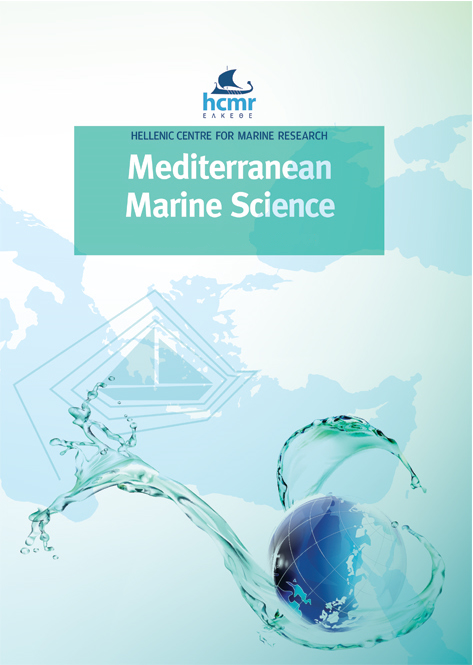Assessing Habitat Suitability and Distribution Patterns of the Invasive Brachyuran Crabs Callinectes sapidus and Portunus segnis in the Mediterranean Basin
Resumen
In this study, we investigate the habitat suitability and distribution patterns of two invasive alien crab species, Callinectes sapidus and Portunus segnis, in the Mediterranean basin. Using a comprehensive dataset compiled from multiple sources, including bibliographic records, online databases, and online informal sources, we mapped the occurrences of these species and overlaid them with environmental variables obtained from the Copernicus Marine Service. We employed MaxEnt species distribution models to predict habitat suitability, considering variables such as sea surface temperature, salinity, chlorophyll, and oxygen. Our results indicate widespread distribution of C. sapidus across the basin, with notable concentrations in certain areas, while P. segnis exhibits a predominantly southern distribution. Model evaluations demonstrate high predictive performance, with average AUC (area under the receiver operating characteristic curve) values exceeding 0.85. Additionally, we assessed potential habitat overlap between the two species at different probability thresholds, revealing regions where coexistence is likely. Our findings provide valuable insights into the spatial dynamics of invasive alien crab species in the Mediterranean and contribute to ongoing efforts in biodiversity conservation and management.
Article Details
- Cómo citar
-
SIDDIOLO, C., PALUMMO, V., MILISENDA, G., PIPITONE, C., ROSSO, A., & CHEMELLO, R. (2025). Assessing Habitat Suitability and Distribution Patterns of the Invasive Brachyuran Crabs Callinectes sapidus and Portunus segnis in the Mediterranean Basin. Mediterranean Marine Science, 26(3), 428–439. https://doi.org/10.12681/mms.38715
- Sección
- Research Article
Authors who publish with this journal agree to the following terms:
- Authors retain copyright and grant the journal right of first publication with the work simultaneously licensed under a Creative Commons Attribution Non-Commercial License that allows others to share the work with an acknowledgement of the work's authorship and initial publication in this journal.
- Authors are able to enter into separate, additional contractual arrangements for the non-exclusive distribution of the journal's published version of the work (e.g. post it to an institutional repository or publish it in a book), with an acknowledgement of its initial publication in this journal.
- Authors are permitted and encouraged to post their work online (preferably in institutional repositories or on their website) prior to and during the submission process, as it can lead to productive exchanges, as well as earlier and greater citation of published work (See The Effect of Open Access).

